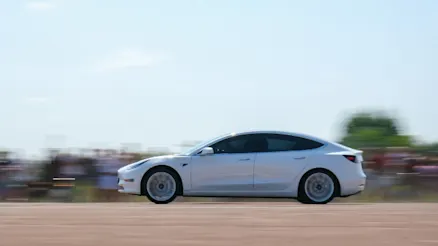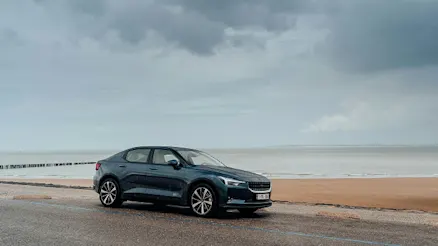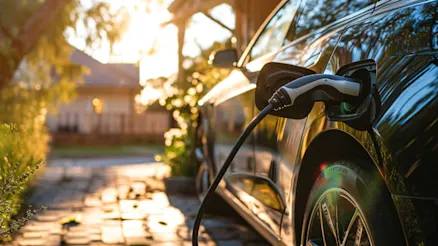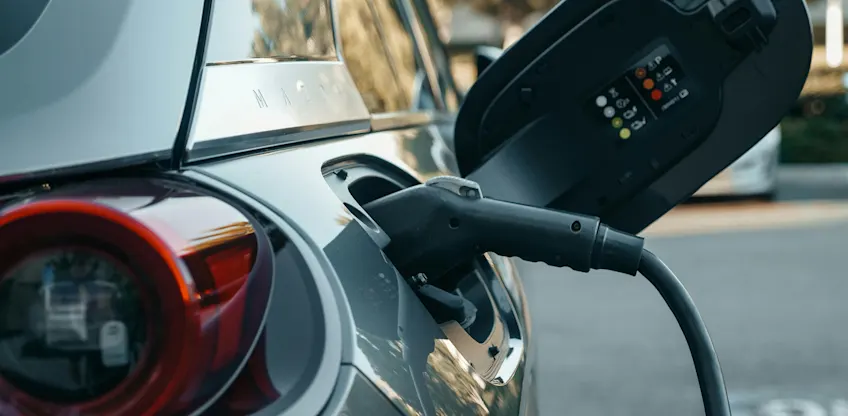
Should electric vehicle drivers pay a road user tax?
The Australian Government has confirmed an EV road user tax will apply in the future. So is this a good idea or an unfair one? Let’s get stuck in.


The Australian Government has confirmed an EV road user tax will apply in the future. So is this a good idea or an unfair one? Let’s get stuck in.

Are EVs losing popularity in Australia? As we explore, there’s still plenty of interest in electric technology but the issue is multifaceted.

V2G and V2H charging technologies have the potential to transform the way we power our homes and our national electricity grid. Learn how they work.
Full electric vehicles tend to get a lot of attention in the headlines. So why does there seem to be way more love for hybrid vehicles in Australia right now?
Sales of new hybrid cars have been outpacing those of full battery EVs by almost double since the start of 2025, and this is far from a new phenomenon. In fact, hybrids have been outselling EVs here since early 2023.
In a recent AADA survey, 52% of Aussie drivers said they’d consider buying a traditional hybrid vehicle compared to 39% who would consider a full battery EV. And this trend towards hybrids is also seen in several other countries, with many car manufacturers expanding their hybrid offerings in response.
Let’s look at exactly what’s going on here, and why hybrids are proving such a popular choice for people shifting to low emission vehicles.
Generally speaking, there’s growing interest in no emission and low emission vehicles. Together, EVs and hybrids represent a growing share of Australia’s new car market – currently 27.32% at the time of writing. One big incentive is the ATO’s fringe benefits tax exemption for eligible electric cars and associated expenses (though interestingly, plug-in hybrids have been recently removed from this government incentive). So broadly speaking, yes – people are still interested in buying low emission vehicles.
When we consider the hybrid vs EV imbalance, we also need to consider that sales of full battery electric vehicles have slumped in Australia.
Full battery EV sales are slowly rebounding from a drop felt around the world around the world and here in Australia. There are probably a few factors at play here:
Pete Willis, the Director of Buying at Carma, says that EVs still offer great value for a lot of driving styles. "EVs can work really well for drivers in those tight urban areas who only occasionally need to drive a bit further. You also see ride share operators and delivery drivers making the most of those really low running costs as well.”

It’s fairly easy to see why hybrids, including plug-in EVs (PHEVs), are proving a popular choice. Hybrid vehicles allow drivers to enjoy the best of both worlds because:
As Pete explains, “Fast charge and range are probably the two elements that are slowing some people from transitioning over to EV completely. Hybrids offer an easy way for people to step in that direction and enjoy those fuel and cost efficiencies without really altering too much about how they use their vehicle.”
For some, conventional hybrids or plug-in cars in Australia will simply be a ‘stepping stone’ vehicle as they consider a full EV purchase down the track. But for many others, hybrids might perfectly suit their needs and offer long-term cost savings to boot.
Plenty of established car makers are responding with their own hybrid technology, from Toyota and Mazda, to BMW, Lexus, Maserati and even Lamborghini. Meanwhile China is quickly racing to the forefront of electric vehicle manufacturing, with its options so appealing that the EU and US have implemented tariffs to slow their uptake. In Australia there’s been a strong response to the first PHEV ute on the market, and there’s already a wide choice in the hybrid SUV range. On the flipside, Australia's battery electric vehicle market is also set to expand significantly.
The New Vehicle Efficiency Standard (NVES) should further improve choice and price competition in the low-to-no emission market once it’s in place. This standard will encourage car makers to offer lower emission options in order to keep their total sales each year below a certain carbon emission threshold.
Pete says there is still massive potential in full battery EVs, so it’s important not to dismiss them out of hand. “I think the EV product has still got so much to give and is really still in its infancy, if you think about how long it's been out and competing against the internal combustion engine. I have no doubt that the technology will continue to get better and EVs will eventually become more mainstream for most people.”
What’s clear is that the variety and performance of both EVs and hybrid vehicles in Australia is only going to improve in the coming years. And that’s pretty exciting, whether you’re buying new or second-hand!